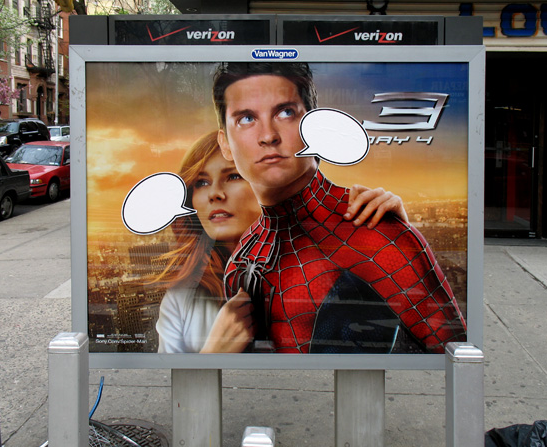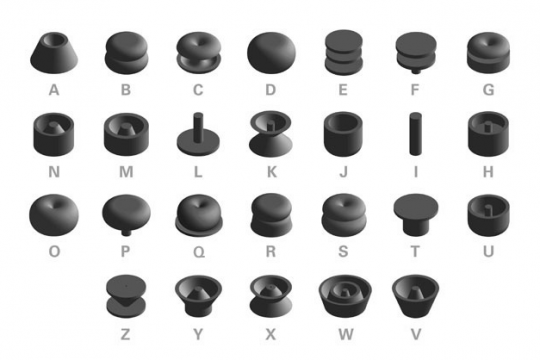In case you missed it, check out some of Tony Davidson’s work here.
WS: What do you think is a good way for people to improve? How would
you suggest that people get better?
TD: The way you learn is by being surrounded by interesting
things and better people. Go to venues, go to galleries, be inspired,
surround yourself. Just be curious about stuff and soak up other
creative influences around you. It’s part of your day job when you
actually get one: to get inspired. And it’s not about copying. It’s about
being influenced. Andy Warhol was influenced by [advertising]…the
artists are influenced by us, we’re influenced by them, and we’re both
influenced by culture.Second, and most importantly: See people that are better than you. Get
surrounded by people who are better than you. You have amazing access
in this industry, I think, to good creative people who have come through
the same process. So go and see them. If you like them when you go and
see them, keep coming back and seeing them without annoying them
too much. Kim and I, in all honesty, managed to get somewhere only
because we’ve been surrounded throughout our careers by good people.
We went to Leagas Delaney and saw Tim Delaney. He’s a fantastic writer.
He forced us to write a lot more. We had Dave Dye, Paul Belford—they
challenged our art direction. And then we went to BBH where we had
John Hegarty for the first year before he went off to America. And he
was incredibly helpful on Levi’s.I would also encourage you not to only see people in advertising
agencies. It is important that you have aspirations, I think, beyond that.
You might know an architect who is really interesting. You might do
some ideas with him or products or whatever it is. The great thing is
now the solution doesn’t have to be a press ad or a radio commercial. I
think you can open your mind up and go, “Here is the business problem,”
because that’s what a client really brings in or should do. And you can
solve it in any way. So if you got 5,000 cars sitting in a field, the answer
doesn’t have to be, “Oh, stick a press ad in local press saying we’ve got
5,000 cars.” You might think of an event. You might think of something,
some really clever, smart way that is relevant to that brand tonally, to
clear that field. And that’s where I get excited. When I see people who
are actually taking business problems and thinking about clever ways of
solving them.




